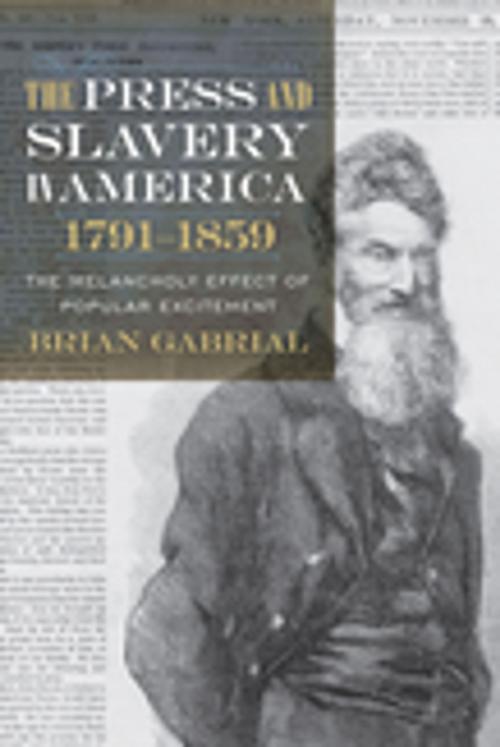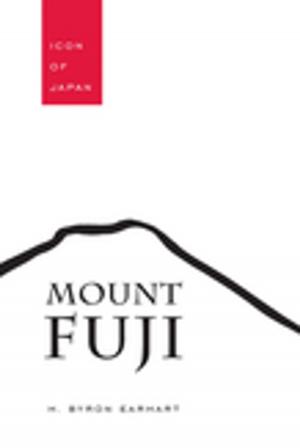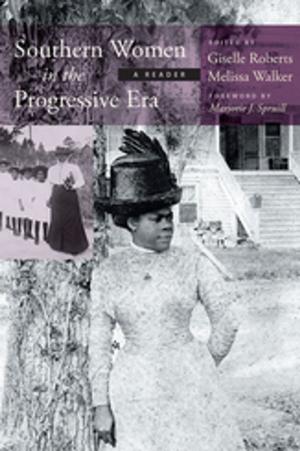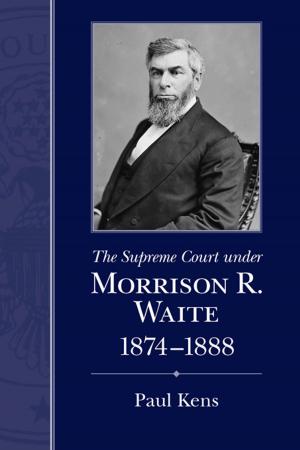The Press and Slavery in America, 1791-1859
The Melancholy Effect of Popular Excitement
Nonfiction, Social & Cultural Studies, Social Science, Discrimination & Race Relations, History, Military, Political Science| Author: | Brian Gabrial | ISBN: | 9781611176049 |
| Publisher: | University of South Carolina Press | Publication: | March 18, 2016 |
| Imprint: | University of South Carolina Press | Language: | English |
| Author: | Brian Gabrial |
| ISBN: | 9781611176049 |
| Publisher: | University of South Carolina Press |
| Publication: | March 18, 2016 |
| Imprint: | University of South Carolina Press |
| Language: | English |
Slavery remains one of the United States’ most troubling failings and its complexities have shaped American ideas about race, economics, politics, and the press since the first days of settlement. Brian Gabrial’s The Press and Slavery in America, 1791–1859 examines those intersections at times when the nation and the institution of slavery were most stressed, namely when slavesrevolted or conspired to revolt. Such events frightened white, slave-owning society to its core and forced public discussions about slavery at times when supporters of the peculiar institution preferred them to be silent. Gabrial closely reads the mainstream press during the antebellum years, identifying shifts in public opinion about slavery and changes in popular constructions of slaves and other black Americans, a group voiceless and nearly invisible in the nation’s major newspapers. He reveals how political intransigence rooted in racism and economics set the country on a perilous trajectory toward rebellion and self-destruction. This volume examines news accounts of five major slave rebellions or conspiracies: Gabriel Prosser’s 1800 Virginia slave conspiracy; the 1811 Louisiana slave revolt; Denmark Vesey’s 1822 slave conspiracy in Charleston, South Carolina; Nat Turner’s 1831 Southampton County, Virginia, slave revolt; and John Brown’s 1859 Harper’s Ferry raid. Gabrial situates these stories within a historical and contextual framework that juxtaposes the transformation of the press into a powerful mass media with the growing politicaldivide over slavery, illustrating how two American cultures, both asserting claims to founding America, devolved into enemies over slavery. What the nineteenth century press reveals in this book are discourses—ways of thinking and expression—that have retained resonance in contemporary race relations and American politics. They connect to ideas about the press and technology, changing journalistic practice, and, importantly, the destruction wrought by the dysfunction of the nation’s political parties.
Slavery remains one of the United States’ most troubling failings and its complexities have shaped American ideas about race, economics, politics, and the press since the first days of settlement. Brian Gabrial’s The Press and Slavery in America, 1791–1859 examines those intersections at times when the nation and the institution of slavery were most stressed, namely when slavesrevolted or conspired to revolt. Such events frightened white, slave-owning society to its core and forced public discussions about slavery at times when supporters of the peculiar institution preferred them to be silent. Gabrial closely reads the mainstream press during the antebellum years, identifying shifts in public opinion about slavery and changes in popular constructions of slaves and other black Americans, a group voiceless and nearly invisible in the nation’s major newspapers. He reveals how political intransigence rooted in racism and economics set the country on a perilous trajectory toward rebellion and self-destruction. This volume examines news accounts of five major slave rebellions or conspiracies: Gabriel Prosser’s 1800 Virginia slave conspiracy; the 1811 Louisiana slave revolt; Denmark Vesey’s 1822 slave conspiracy in Charleston, South Carolina; Nat Turner’s 1831 Southampton County, Virginia, slave revolt; and John Brown’s 1859 Harper’s Ferry raid. Gabrial situates these stories within a historical and contextual framework that juxtaposes the transformation of the press into a powerful mass media with the growing politicaldivide over slavery, illustrating how two American cultures, both asserting claims to founding America, devolved into enemies over slavery. What the nineteenth century press reveals in this book are discourses—ways of thinking and expression—that have retained resonance in contemporary race relations and American politics. They connect to ideas about the press and technology, changing journalistic practice, and, importantly, the destruction wrought by the dysfunction of the nation’s political parties.















